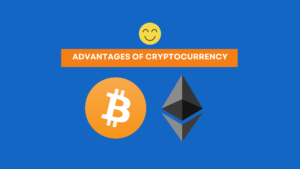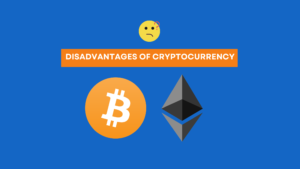
Blockchain technology has gained significant attention and popularity in recent years due to its potential to revolutionize various industries. Let us explore what blockchain is, how it works, and its diverse range of applications.
What Is Blockchain?
At its core, a blockchain is a decentralized and distributed ledger technology. It is a digital ledger that records transactions across a network of computers. These transactions are grouped into blocks, which are then linked together to form a chain. Each block contains a set of transactions and a reference to the previous block, creating a chronological and immutable history of all transactions on the network.
Key features of blockchain:
- Decentralization: Unlike traditional centralized systems, blockchain operates on a decentralized network of nodes (computers), making it resistant to censorship and single points of failure.
- Transparency: All transactions are recorded on a public ledger that is visible to all participants in the network, ensuring transparency and trust.
- Security: Blockchain uses cryptographic techniques to secure transactions, making it extremely difficult for malicious actors to alter the data.
- Immutability: Once a transaction is added to the blockchain, it cannot be altered or deleted, ensuring the integrity of the data.
How Blockchain Works
Blockchain technology operates on a consensus mechanism, which determines how transactions are added to the ledger. The two most common consensus mechanisms are Proof of Work (PoW) and Proof of Stake (PoS). Here’s a simplified overview of how blockchain works:
- Transaction: A user initiates a transaction, which includes details such as sender, receiver, and the amount being transferred.
- Verification: The transaction is verified by a network of nodes through the consensus mechanism. In PoW, miners solve complex mathematical puzzles to validate transactions, while in PoS, validators are chosen based on the amount of cryptocurrency they hold and are willing to “stake” as collateral.
- Block Creation: Once verified, the transaction is added to a block along with other transactions. Miners or validators compete to create a new block, and the first one to solve the puzzle gets to add the block to the chain.
- Chain Formation: Each block contains a reference to the previous block, creating a chain of blocks. This linkage ensures the chronological order and immutability of transactions.
- Consensus: The majority of nodes must agree on the validity of a transaction before it is added to the blockchain, ensuring the security and integrity of the ledger.
How Blockchain Can Be Used
Blockchain technology has a wide range of potential applications across various industries:
- Cryptocurrencies: The most well-known use case is cryptocurrencies like Bitcoin and Ethereum, which use blockchain as the underlying technology to enable secure and decentralized digital transactions.
- Smart Contracts: Blockchain can facilitate self-executing contracts known as smart contracts. These contracts automatically execute when predefined conditions are met, eliminating the need for intermediaries in various legal and financial processes.
- Supply Chain Management: Blockchain can be used to track the provenance of goods in supply chains, ensuring transparency and authenticity of products.
- Voting Systems: Blockchain has the potential to create secure and tamper-resistant voting systems, increasing trust in electoral processes.
- Healthcare: It can be used to securely store and share patient records, ensuring data privacy and accessibility.
- Real Estate: Blockchain can streamline real estate transactions by reducing paperwork and fraud in property transfers.
- Identity Verification: It can enhance identity verification and reduce identity theft by providing individuals with control over their personal data.
- Cross-Border Payments: Blockchain can make cross-border payments faster and more cost-effective by eliminating intermediaries.
Blockchain technology has the potential to transform various industries by providing a secure, transparent, and decentralized platform for transactions and data management. Its applications are still evolving, and as the technology matures, we can expect to see even more innovative use cases emerge in the near future. Blockchain’s impact on the way we conduct business and manage data is likely to be profound and enduring.
For more updates in cryptocurrency world, subscribe to learn more on Recovery Review Insider.





